ROOM: The Space Journal is one of the major magazines on space exploration, technology and industry. At ROOM, we share a common goal – advancement of peaceful space exploration for the benefit of humankind, all while bringing you incisive articles on a variety of interesting topics. Our authors include researchers and industry leaders from all over the world, which lets us bring you the newest and comprehensive information about space shuttle inside.
 April 2020
Space Florida - gateway to an interstellar future
April 2020
Space Florida - gateway to an interstellar future
...and investing in commercialising aged or under-utilised assets. Facilities that once launched NASA’s Apollo and Space Shuttle missions are now launching commercial rockets. The state’s spaceport system is a living example of ...Processing Facilities (OPF) of NASA that were used to turnaround and process the Space Shuttle after landing for subsequent re-flight to space. Space Florida secured a long-term property agreement for the first of these, OPF ...
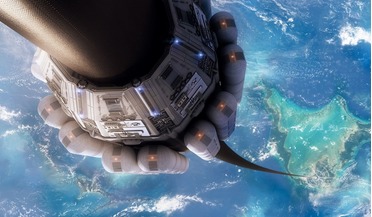 February 2019
The Space Elevator – an alternative path to space?
February 2019
The Space Elevator – an alternative path to space?
... spectacular launch failures. The rocket equation for chemical rockets results in only a small payload fraction. The space shuttle carried only one train-wagon-equivalent payload to LEO, around 27.5 metric tons (mt), or 1.4 percent of total...eventually hit it. This danger is as real as a speck of paint almost taking out the window of the space shuttle! The risks of debris, large and small, and the possible responses are complex [19] and beyond this...
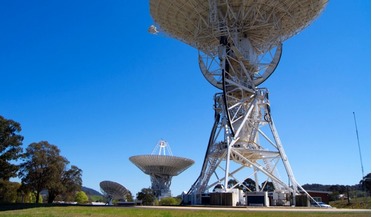 February 2019
Building a space museum from scratch
February 2019
Building a space museum from scratch
... started with the smallest one first. Inside were pieces of heatshield, materials from a Mercury spacecraft, and several types of thermal protection tiles used in the Space Shuttle programme. For a space-nut like me, it was heaven. ... items like the cameras and models. Inside were pieces of heatshield, materials from a Mercury spacecraft, and several types of thermal protection tiles used in the Space Shuttle programme. However, the big items like...
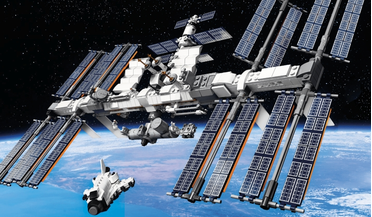 July 2020
Lego’s replica space programme
July 2020
Lego’s replica space programme
... stage can be removed to reveal an interior with panel stickers. Publicity shots show the astronaut figures posed inside, but this is arguably less of a toy to play with; more of a display model to illustrate prowess ... commercial, lack-of-saleability reasons). It could, however, be time to consider that icon of human space travel, the Space Shuttle, as it drifts further into the mists of history and rose-tinted recollection. About the author Mark...
 January 2023
Original Sin - Power, Technology and War in Outer Space
January 2023
Original Sin - Power, Technology and War in Outer Space
...been deliberately hidden for most of our ‘Global Space Age’. Seventy years of techno-industrial competition in the global space sector has been known to only those inside it and to liberal arts and humanities academics ...1960s were in part deliberate covers for developing essential military space technologies such as more capable missiles, nuclear warheads and spy satellites. The US Space Shuttle was in part originally designed and funded to meet ...
 February 2020
Preserving our space heritage
February 2020
Preserving our space heritage
... cars, etc, but probably no satellites that have actually flown in space. There are, of course, a few re-entry capsules and a limited cadre of space shuttles, manned vehicles that were deliberately designed to return to Earth. But... on other celestial bodies. London s Science Museum s Space Descent VR exhibit uses state-of-the-art VR technology to allow visitors a 360° look inside a Soyuz capsule and retrace British astronaut Tim Peake’s journey...
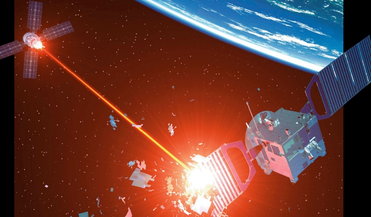 June 2022
Military space – how worried should we be?
June 2022
Military space – how worried should we be?
...more than evident to the expanding population of space trackers, amateurs and enthusiasts. The key moment that military space became public was the space shuttle, whose operational capabilities and features were negotiated ...Warner Brothers, 1983) unmistakeably reflected the US government and media portrayal of early space as ‘peaceful purposes’. The Space Shuttle had its own dedicated west coast military base, Vandenberg Air Force Base. Full ...
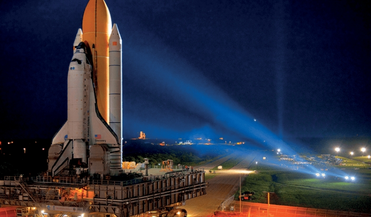 May 2020
Space for Art – The magnificent beauty of spaceflight
May 2020
Space for Art – The magnificent beauty of spaceflight
... so, and I am so thankful to all of the photographers who are chronicling the magnificent beauty of spaceflight. To me, this picture of the Space Shuttle Discovery’s roll to the launch pad for her final flight is the most beautiful I’ve ever seen. With... to and from the ISS together for the past 20 years – over half that time in parallel with Space Shuttle flights, and now our sole means of transport since the...
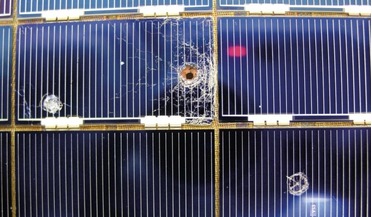 February 2021
Space archaeology - preserving our orbital heritage
February 2021
Space archaeology - preserving our orbital heritage
... flake travelling in excess of 17,500 miles per hour is significant, as shown by craters observed in Space Shuttle windows. Whilst larger assets such as the ISS have Whipple shielding to provide a measure of protection from... Case study One notable space asset within the space heritage discussion is the Hubble Space Telescope (HST). Launched in 1988 aboard Space Shuttle Discovery, it is clear that the venerable space telescope has a limited future...